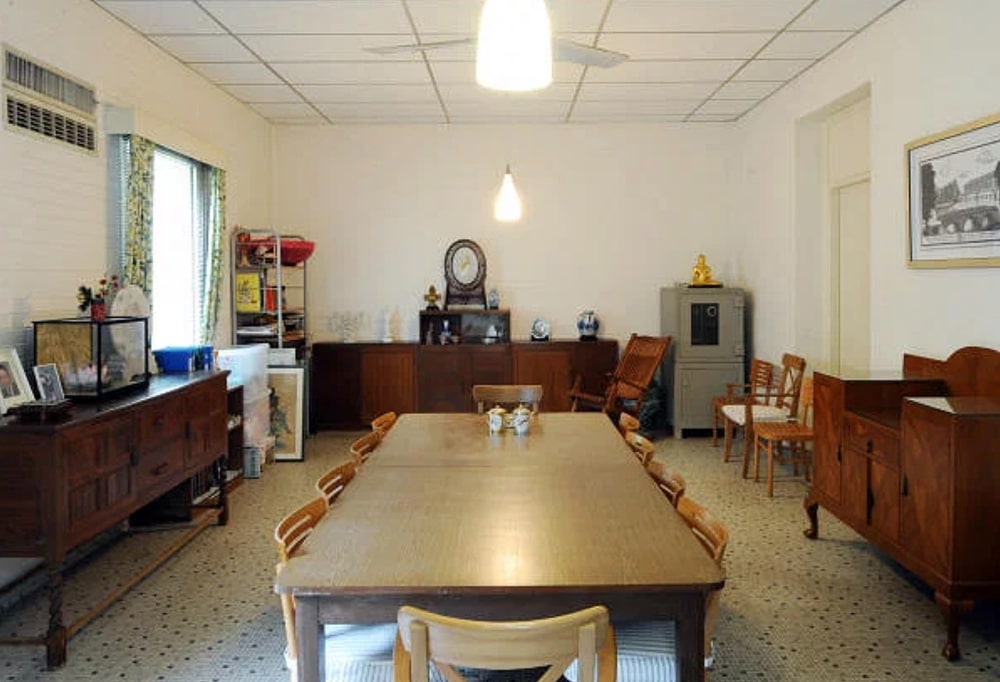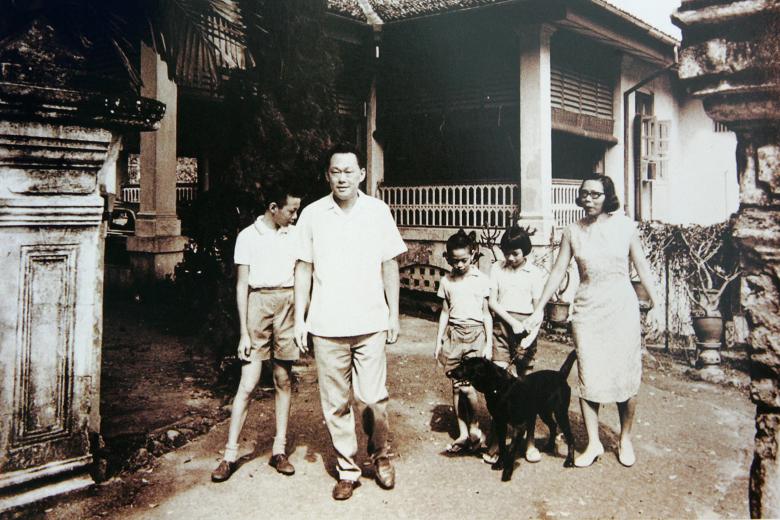
This post was originally published on murderiseverywhere.blogspot.com.
I was thinking about the coming together of Easter, Passover and Ramadan this year–but other people have written and will write about that better than I ever could. I’d like to talk about something else the image of the empty tomb brought to mind, especially after the ‘Day of No Hope’ or the Saturday between Good Friday and Easter Sunday.
But how/ where/ why does 38 Oxley Road, Singapore 238629 come into this?
Oxley Road was named after Dr Thomas Oxley, who owned a nutmeg plantation in the area in the 1840s. Built in the late 19th century, Number 38 was originally named ‘Castor’. It was occupied by a European merchant family till the war, when it was taken over by the Japanese.
But more significantly, 38 Oxley Road is where Singapore’s first Prime Minister Lee Kuan Yew lived in the years when Singapore’s Independence was plotted and executed, and throughout his tenure as PM.
It’s where the fledgeling PAP’s ‘underground’ meetings were held. ‘Underground’ because political meetings were illegal under British rule and because their meetings were held in the basement dining room (see below).

This was also where our current Prime Minister Lee Hsien Loong grew up. That’s the porch where he had Chinese tuition and Malay tuition in addition to regular school work.

But the reason 38 Oxley Road came to public attention was the very public family discussion over what should become of it after Lee Kuan Yew’s death.
When he stepped down as Minister Mentor in 2011, Lee Kuan Yew said he wanted the house demolished. He was against being turned into a cult figure and wanted no permanent commemoration.
However, when the Cabinet wanted to preserve the house for its historic significance, Lee Kuan Yew amended two subsequent versions of his will to remove a previous demolition clause. In his seventh and final will made in December 2013, Lee Kuan Yew willed the house to his eldest son, Lee Hsien Loong.
This upset his siblings who felt he’d gone against their father’s wishes, triggering family rancour that was only made a big deal of because of who they are.
Is it more important to follow your father’s once stated wishes–or do what the government he established decrees? Which facet of a multifaceted man takes precedence?
But contradictions don’t mean someone is mistaken or lying.
Look at the four gospel accounts of who was at the empty tomb:
- Matthew says Mary Magdalene and the other Mary went to look at the grave (Matt 28:1)
- Mark said it was Mary Magdalene, Mary the mother of James and Salome who brought spices to the tomb to anoint him. (Mark 16:1)
- Luke says only that some women were at the empty tomb at dawn (Luke 24:1) only adding later that Mary Magdalene, Joanna, Mary the mother of James and some other women were telling things to the apostles (24:10).
- And John says Mary Magdalene went to the tomb, early (John 20:1).
As any reader or writer of crime fiction knows, if two witnesses give identical testimonies it’s likely someone has been coached– because each of us, given our unique perspective, will see things differently. It’s what adds dimension to the whole picture.
I don’t see a contradiction here–more that each writer named the women he knew or noticed. John mentioned only the woman who talked to Simon Peter. If he didn’t notice the others it doesn’t mean they weren’t there.
It’s the only thing a writer can do–we write down what we see.
Which is why it’s important to remember that what we see is always filtered by who, what and where we are. That we don’t know the whole story doesn’t mean we can’t tell our part of it–we should. And we should also make sure we take in other people’s stories too.
Because it’s in going out into the world to live and write new stories that counts, not weeping in the empty tomb or outside the empty house.
